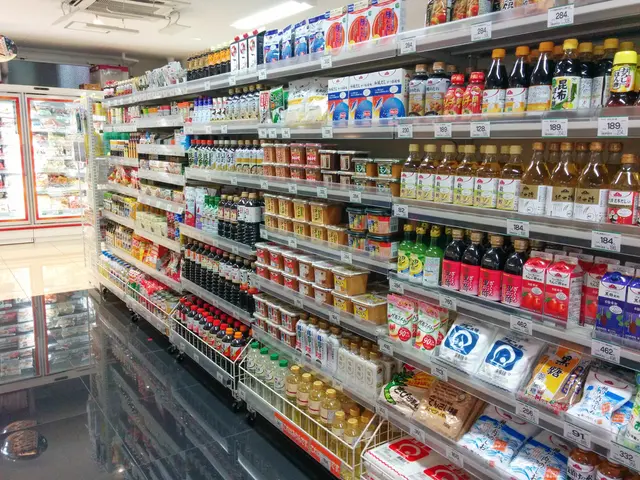Gold market tumult: what determines the final outcome?
In a dramatic turn of events, President Trump's decision to impose a 39% tariff on imported gold bars weighing 100 ounces or more has sent shockwaves through the global gold trading market. The announcement in August 2025 sparked a series of events that have significantly impacted gold prices and trading dynamics.
The tariff triggered a significant upward pressure on gold futures in the US, with prices reaching historic highs above $3,500 per ounce shortly after the announcement. This surge was driven by traders anticipating supply disruptions and costlier imports.
The steep tariff has introduced uncertainty in bullion markets, particularly among dealers, refiners, and institutional investors dealing in large bars. This move deviates from the usual treatment of gold, which rarely faces protectionist tariffs unlike base metals or agricultural products.
Switzerland, a major hub for global gold refining and bar production, is especially targeted by this tariff. The US seeks to limit Switzerland's role and influence on gold pricing by making Swiss-refined large gold bars less competitive in the US market. This could potentially shift refining and pricing power away from Switzerland.
The tariff could serve dual goals: generating substantial revenue for the US government from a high-volume commodity and preparing for a possible revaluation of US gold reserves, which have been considered undervalued at the longstanding official price of $42 per ounce.
Prior to the tariff, investors had been purchasing cheaper foreign gold for arbitrage, but the new levies restrict this strategy, tightening supply dynamics and further supporting price increases.
Amid ongoing geopolitical and economic uncertainties in 2025, gold continues to be seen as a secure investment, reinforcing demand and price stability despite tariffs.
However, the tariff has disrupted established refining and trade channels, potentially putting the gold futures market at risk. Asian affination plants have temporarily halted gold shipments to the US, and a trade group representing Swiss affination plants stated that anticipated tariffs would make U.S. shipments unfeasible.
The global gold market has paused following a price rally, as market participants, including banks, exchanges, refineries, and couriers, grapple with the implications of the tariff. The gold futures market is at risk due to the halt in gold shipments from Asia.
If President Trump's gold tariff order is delayed or does not materialize, it could have negative implications for global gold trading. The White House has only issued a verbal statement about "gold tariff misinformation" so far, leaving the market in a state of uncertainty.
In summary, President Trump's tariff on large gold bars will exert upward pressure on gold prices globally, disrupt established refining and trade channels—especially affecting Switzerland’s role—and inject volatility and uncertainty into international bullion markets. These effects stem both from direct trade restrictions and broader strategic motives related to US monetary policy and fiscal interests.
The steep tariff on large gold bars has sparked speculation among investors about its potential impact on the finance industry. This could lead to a shift in gold investing strategies, as investors might seek alternatives to circumvent the tariff.
The tariff's affected parties, including dealers, refiners, and institutional investors, are closely monitoring global finance markets for any significant changes in gold trading dynamics.




